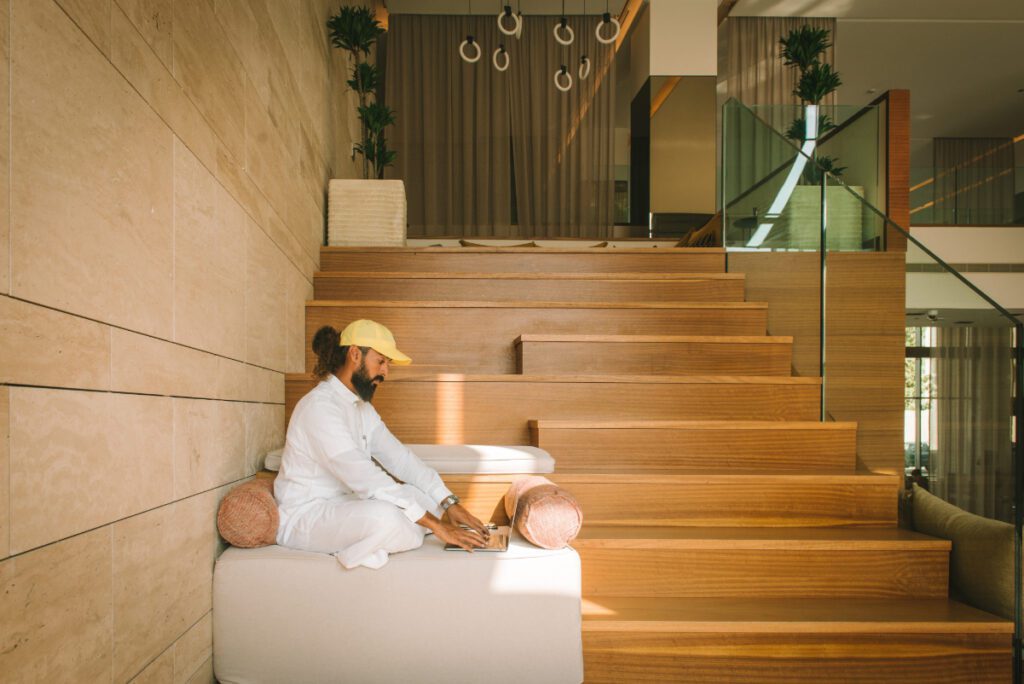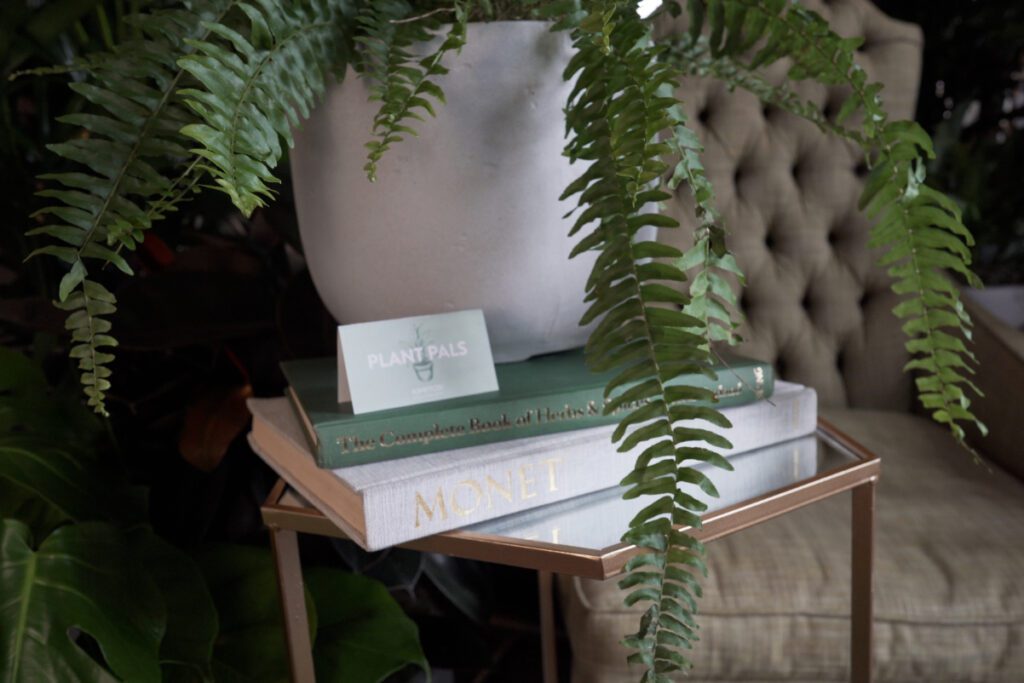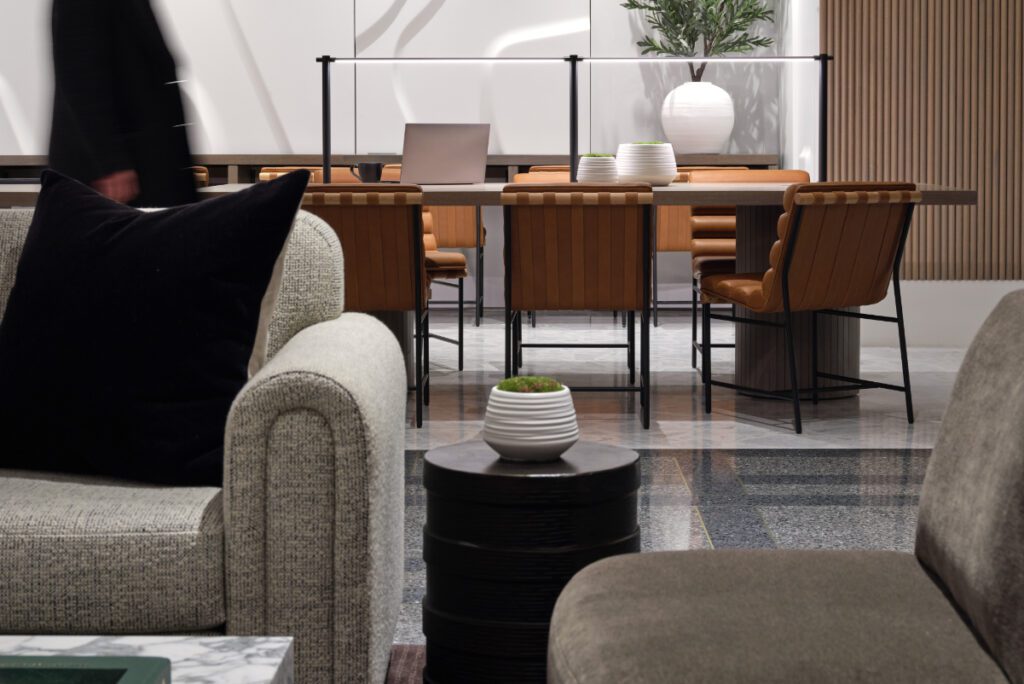[ad_1]
When leisure travel bounced back quicker than business travel, hoteliers were quick to adjust their marketing campaigns and, like Miami’s Surfcomber, make speedy updates to enhance the amount of poolside furniture.
But longer term, many brands are incorporating more permanent design considerations that account for the needs of the bleisure traveler, who combines business with pleasure. Far beyond enhancing Wi-Fi capabilities or adding power ports, these functional changes are a wide-ranging response to blended travel coming of age.
Fostering Connection
The social needs of the digital nomad — and how to satisfy them through design — was always one of the top priorities for Zoku, whose (mostly) long-term loft accommodations are spacious micro apartments with kitchen facilities and workout gear. But as revolutionary as the all-in-one concept is, said co-founder Hans Meyer, one element could easily be missing from such a concept, namely: connection.
Experiencing life first-hand as a digital nomad, Meyer lived and worked remotely throughout Africa, Central America, the Middle East, and Europe.
“I was surprised to find that the hardest part of living this lifestyle wasn’t the language barrier, the need to adapt to new cultures, or being unfamiliar with how to navigate a new city best, but rather the feeling of loneliness that occurred when finishing a hard day’s work alone,” he said.
That’s why focusing on common areas just as much as guestrooms is a priority, said Zoku brand and concept director Veerle Donders.
“You have to create these ‘watercooler moments’,” she said. “We’re not a hostel, but we need to learn from them. The whole goal is to create effortless connection and get away from designing for aesthetics first.”

Zoku guests won’t find soaring ceilings that create echoes or stodgy leather furniture. Plus, guests can choose which art hangs on their walls.
Sofas are selected for comfortable sharing, and long communal tables encourage interaction. There’s no front desk, no signs denoting “off limits, staff only,” and each location’s kitchen area has open access to put dishes in a communal washer.
“The dishwashers play a fun little song, and that was intentional,” Donders said. “Small design choices really add up to create larger moments of connection.”
Some hotels have waved goodbye to traditional workspaces and meeting rooms. Kerten Hospitality, an investment firm active in 13 countries with 12 brands, offers Ouspace serviced offices as an option for every project, said CEO Marloes Knippenberg.
The collaborative social/business hubs earned Kerten the reputation as a “rebel years ago for ‘murdering’ the meeting room floor completely,” she said.
“The business center has become obsolete,” Knippenberg said. “Today, it’s associated with an abysmal space with few computers used by no one and they generate zero revenue.”
Besides lounge couches, indoor/outdoor spaces, and modern tables that toss notions of basic boardroom aside, Ouspaces can be converted to host social occasions and bigger events.


Activating the Senses
While tearing down walls or building rooftop restaurants and bars may involve larger capital investments, other elements for the bleisure traveler can be just as welcoming — and lower cost.
Whether olfactory, visual, or otherwise, Kerten Hospitality, for instance, tries to consider all five senses.
“Biophilic design keeps nature and people close. The music, the aroma, the furniture, the colors, and lighting are all well-integrated into the decision-making of a space that becomes the ‘home’ or the ‘office’ for a short or extended period of time,” said Knippenberg.
Insofar as taste, locally brewed coffee is part of a lobby welcome ritual, she said.
In some cases, what’s not there is as important as what is. At Kerten Hospitality, corridors are checked for echoes, and noise isolation materials are used in every build so one traveler can’t listen in on another’s early-morning confidential call. Traditional housekeeping trolleys that create ambient noise that could interrupt meetings aren’t used, either.
Kimpton just announced a new global “plant pals” program, where guests can select a native plant on loan for their room from a menu of snarkily named greenery like Morgan Treeman or Snake Gyllenhaal.


Details Matter
“Zoom-friendly lighting” is among the top requests Mexico City-based interior designer Olga Hanono has fielded in the past three years, leading her to explore new fixtures — and to experiment with their placement. She said that the traditional formula for lights, a bed, and workstations have all been turned on their head with the rise in bleisure guests.
“We don’t want our desks facing the wall and the laptop camera to face the bed,” Hanono said. “There are new needs and activities to embrace and incorporate these days.”
Many things may be better out of sight and out of mind. At Koku, user testing led the Zoku team to design its beds as lofted “nests” that can be concealed with wooden slats, rather than have them as the focal point of a guest room, Donders said.
“There’s an issue in a regular hotel room where you want to invite people into your space, but you’re not inviting your colleague into a room where the bed is the centerpiece,” Donders said. Putting the kitchen table there keeps it all business.
Most people who work from home know that the key to battling under-eye rings is a ring light. But those who live on the road can face challenges.
At the new Four Seasons Hotel Nashville, a ring light was installed in each room. Those spaces are also equipped with clever round work tables designed to look like a record player and a “needle” that swings to amp up keyboard-centric lighting.


Morphing Lobbies
For Dan Mazzarini, founder and creative director of BHDM Design, there’s no going back when it comes to hospitality spaces.
One of his most recent renovation projects revamped the public space at Hyatt Regency SoMa in San Francisco. A reimagined design transforms the lobby into a flexible space that can span “from coffee to cocktails,” Mazzarini said.
The bar flows into a refreshed lounge with functional workspaces in front of a roaring fireplace. Mazzarini calls it a “hearth.”
“The hotel lobby is no longer just a place to sit and wait for a car or for your room to be ready,” Mazzarini said.
[ad_2]
Source link
